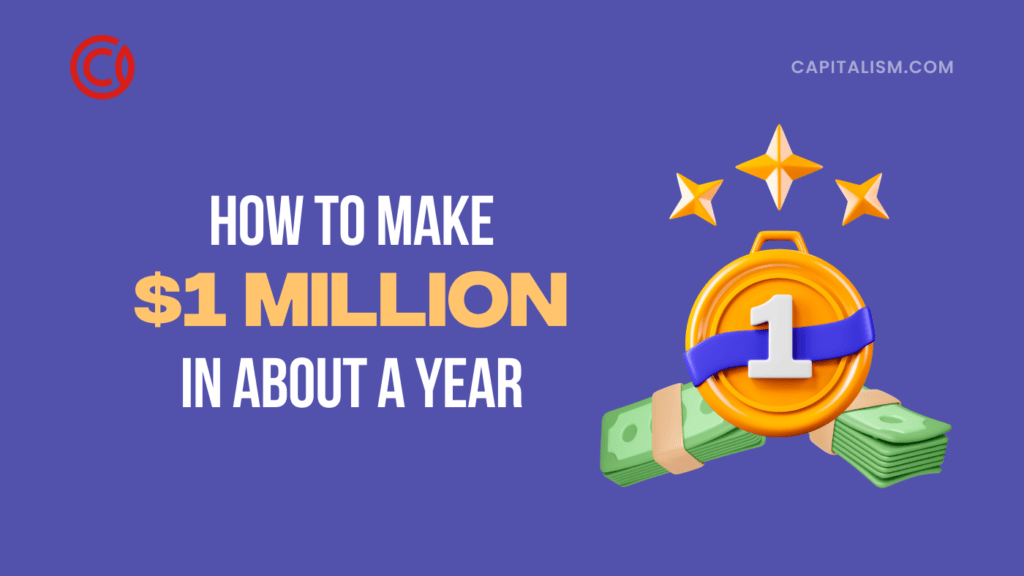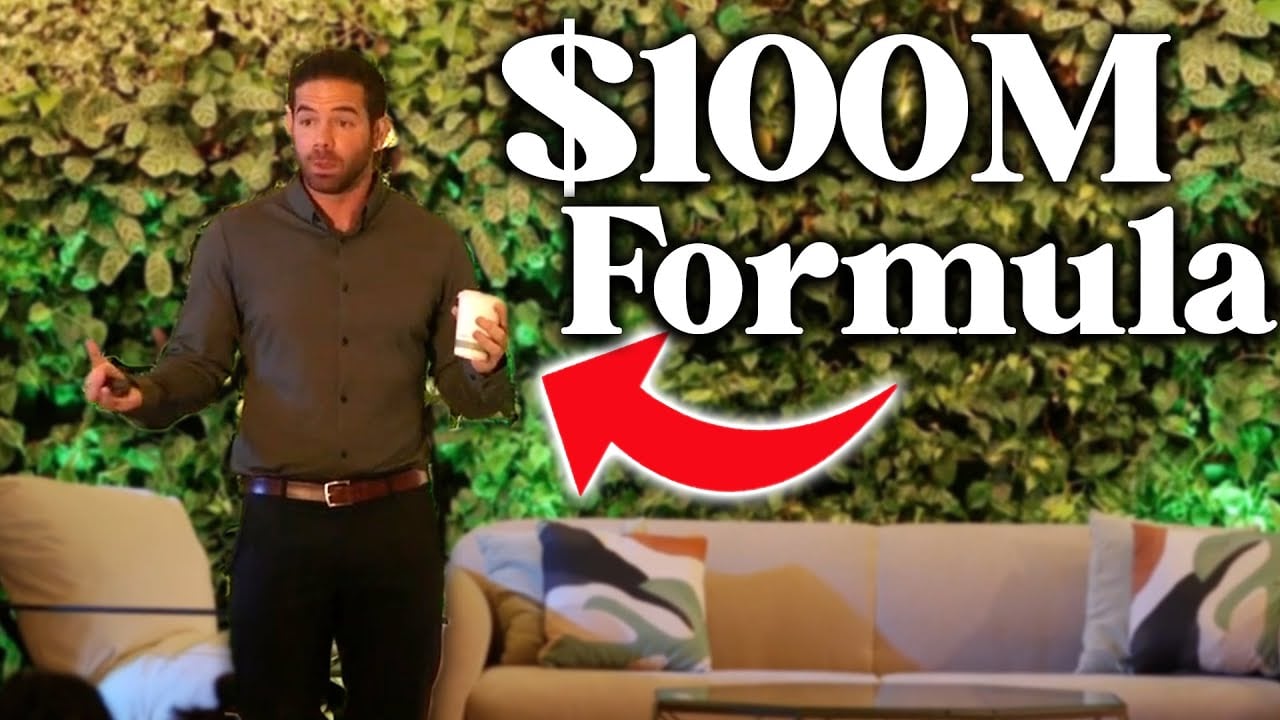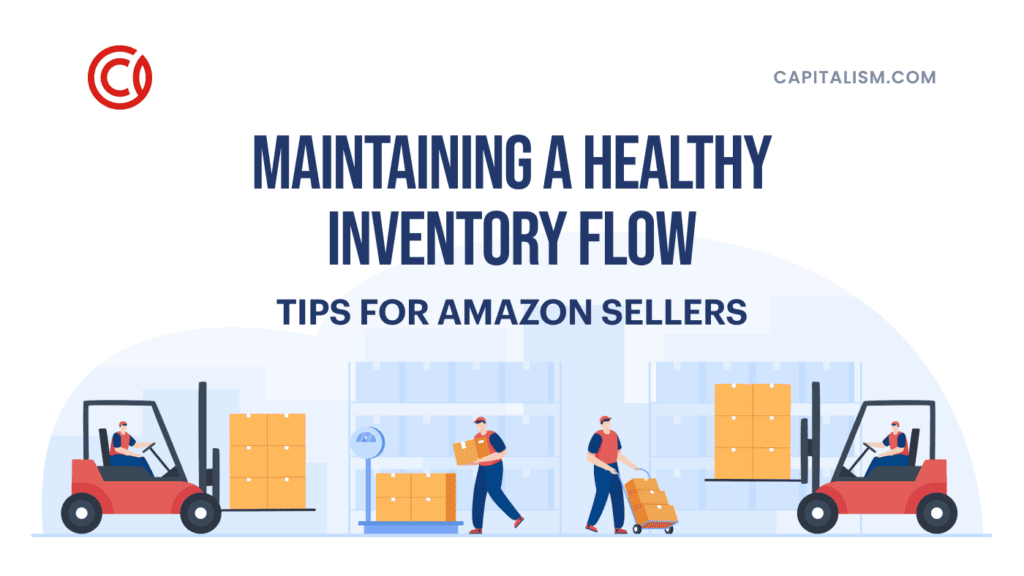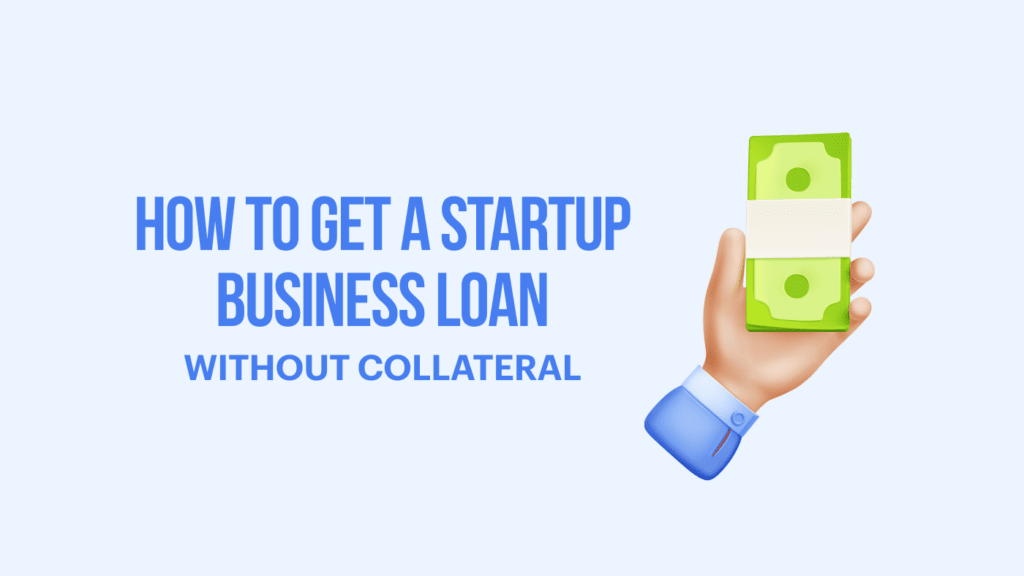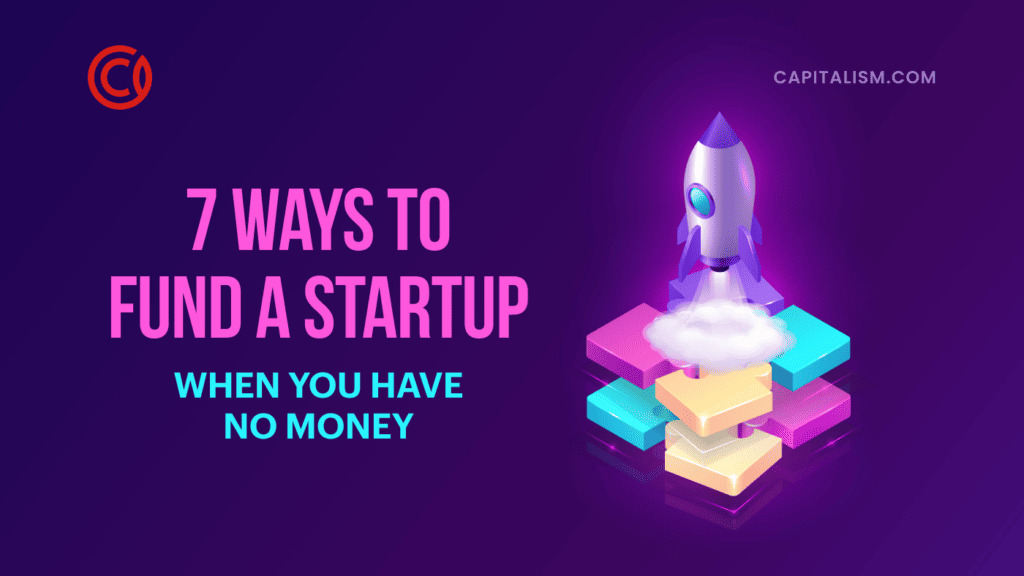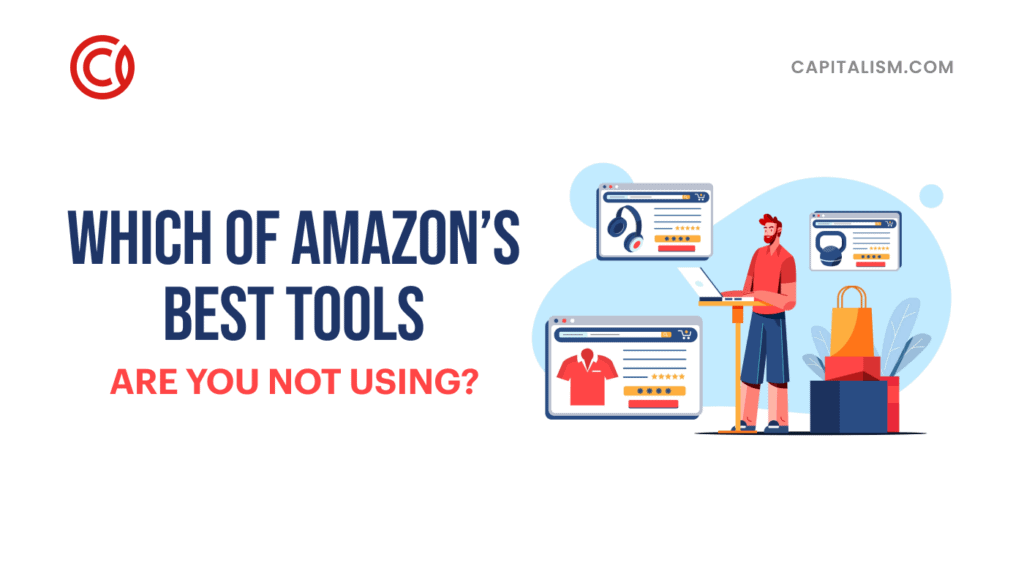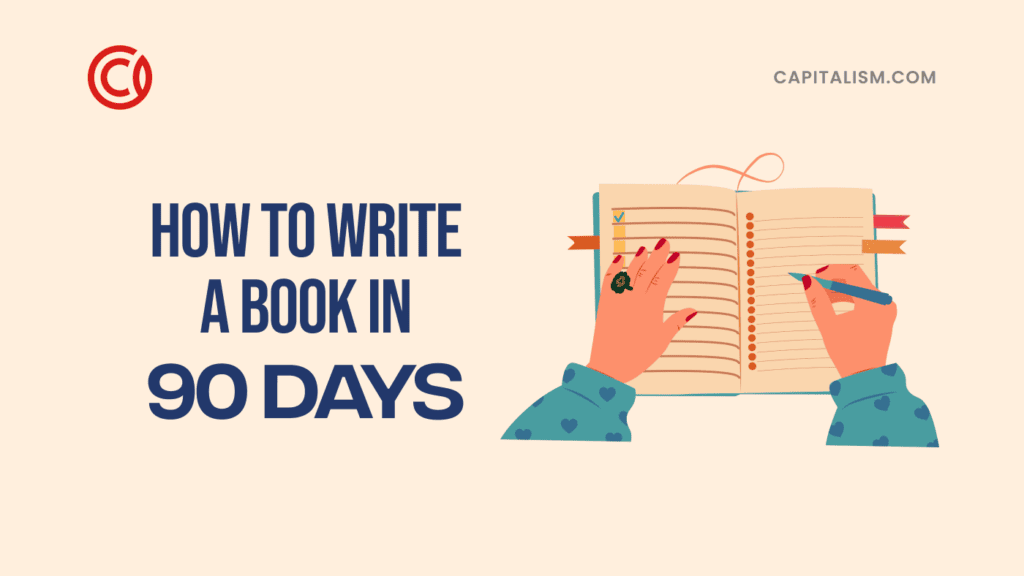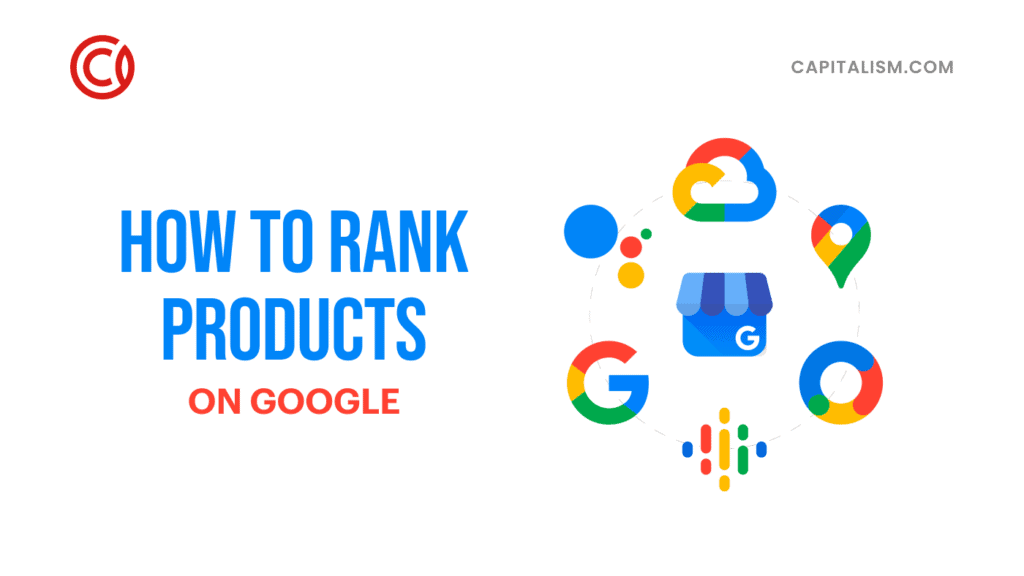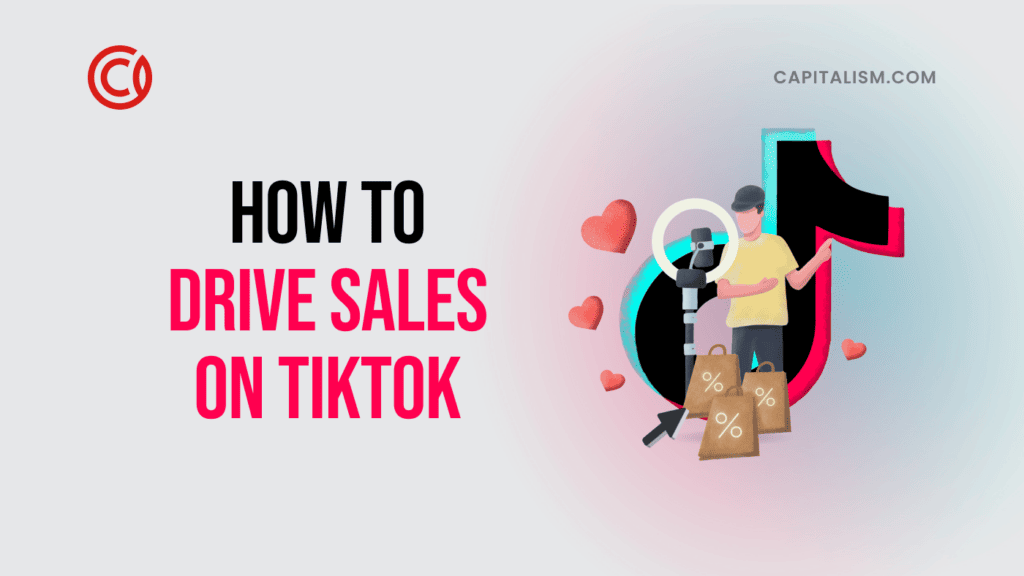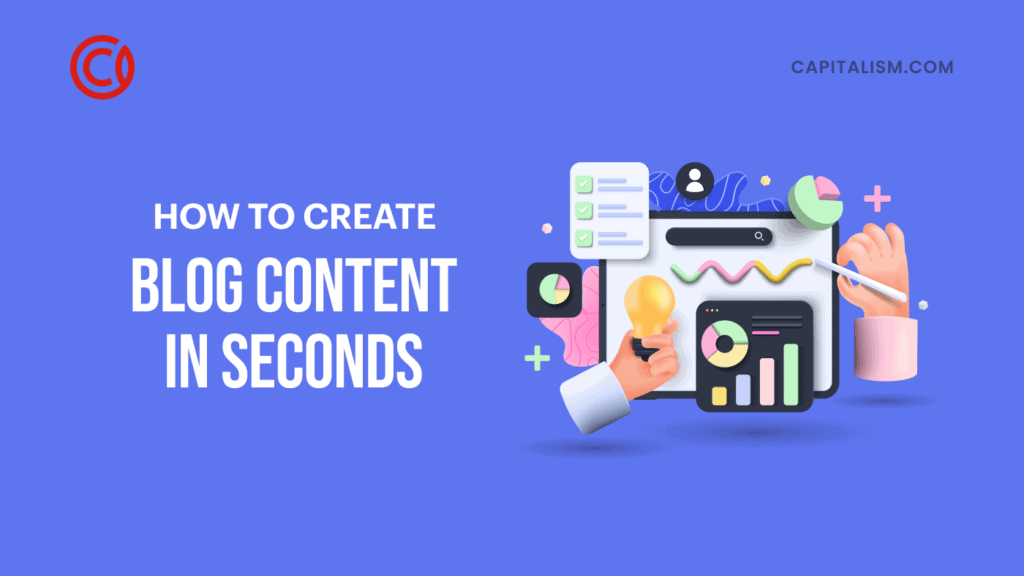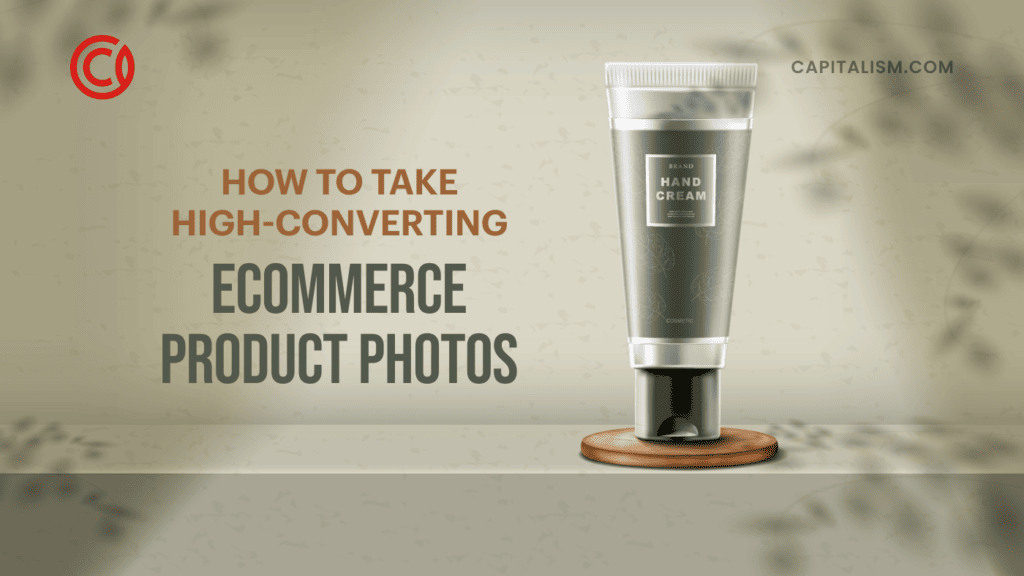Want to know how to make $1M in about a year? Financial freedom is only a mindset shift away. Discover the secret as Ryan Danial Moran explains why you should focus on enterprise value rather than short-term cash flow.
Every entrepreneur wants to know how to make $1M. For new business owners, this may seem like an unattainable goal. But seasoned veterans know it's easier than you ever thought possible. What's the million-dollar secret? Surpassing this 7-figure goal requires the right mindset and a proven formula.
Ryan Daniel Moran broke the process down step-by-step in a 2022 keynote at the Four Rooms Mastermind. Keep reading to find out what he said.
Plus, find out how to make your first million with our absolutely FREE playbook.
Turning $600 into $15M
Ryan Daniel Moran grew up in a lower-middle-class family. When he was a kid, his mother used to drive around with him to look at big houses. "Don't you just want to knock on their door and figure out what they do for a living?" she would ask.
That question stuck in Ryan's mind. He became obsessed with what the "other half" did differently. And he knew starting a company was the answer. So in 2006, he launched his first business—as a ClickBank affiliate site. The business taught him a bunch of new skill sets. And he learned the first piece of the puzzle: separating your time from your money.
Ryan decided to apply that knowledge to a real business that sold physical products. With a meager $600, he started Sheer Strength Labs, a supplement brand. After running and growing it for four years, he sold the company to a private equity group for $15M.
And recently, he bought it back for $400,000, determined to repeat the process.
Hoping to follow a similar path? Here's what Ryan wants you to know:
Shift Your Mindset to Make Money Work for You
There are three types of money: cash flow, wealth, and enterprise value. Understanding each one is crucial to building a million-dollar business. Let's break them down:
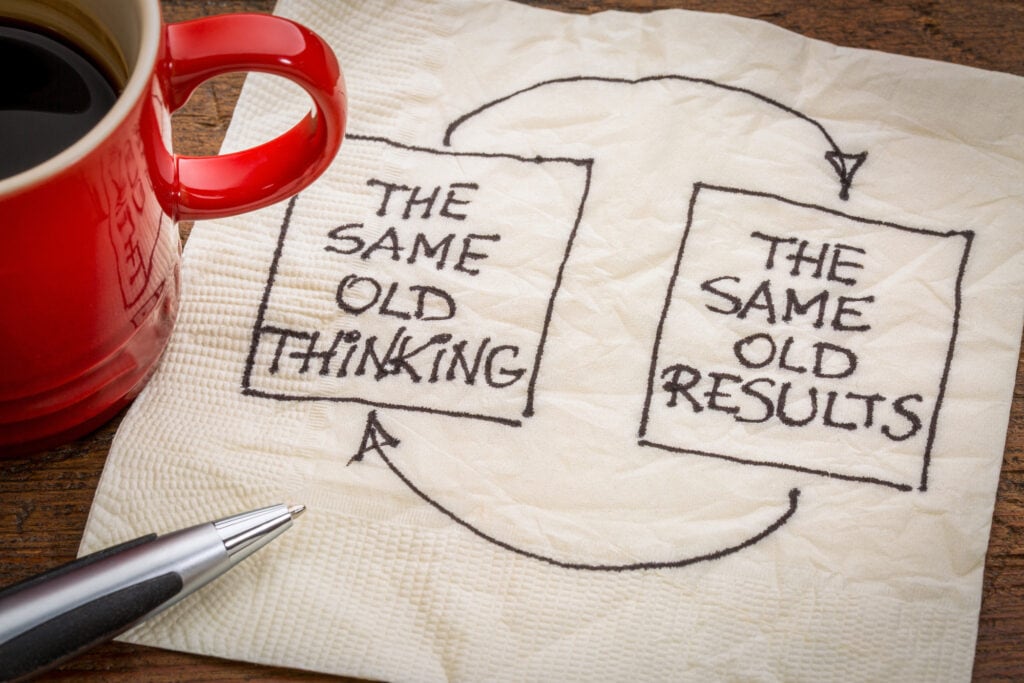
- Cash flow is spendable profit.
- Wealth is the total net worth of your investments.
- Enterprise value is what someone will pay for your business (business equity).
Most entrepreneurs only optimize for cash flow. But it's wiser to shift your mindset to enterprise value. "The enterprise value is really where the richest and wealthiest people put their focus," Ryan explains.
Traditionally, entrepreneurs build cash flow, invest profits, and grow a business—in that order. Reversing this process is a better method. Ryan reiterates, "We can reverse the priorities to get to where we want to go faster."
His recommendation? Start by building a business with enterprise value, then invest the profits, and never have to worry about cash flow.
NOW Is the Best Time to Start Building
"We're in a really good time to start placing the chess pieces for the next build," Ryan states. The marketplace waxes and wanes through different cycles. The primary phases are:
- Build period
- Consolidation period
- Bust period
As you might have guessed, we are in the bust phase. As Ryan jokes, "We are drunk on the Federal Reserve."
Worried that the economy isn't strong enough for new entrepreneurs? Ryan disagrees. Although he believes we are in an asset-price recession, he reiterates, "Right now, in my opinion, is a really great time to start planning for the next build."

Why does he believe that? As he reminds us, everything is going on sale. Ad costs are down. Influencers have fewer sponsors and are looking for new opportunities. As more companies close, market share is up for grabs. And the talent pool continues to increase as people get laid off.
"How do I pounce when everyone else is bouncing? How do I strike when everyone else is running?" Ryan teases. He advises attaching physical products to a brand to build more enterprise value and create a 7- or 8-figure exit.
Mindset Shift from Entrepreneur to Owner
"I help entrepreneurs build compelling brands, get them to 100 sales a day, and have a multimillion-dollar exit," Ryan says. And he does this by following the owner's model.
The three pieces of the owner's model include:
- Product: What are you selling?
- Audience: Who and how do you want to target?
- Sales channels: Where do you optimize to get sales?
It sounds easy on paper, but most entrepreneurs are only an expert at one of these pieces. Instead, it's better to delegate these tasks to specific entities. "I create partnerships with each category so that I'm simply the owner," Ryan elaborates. For example, email lists, Instagram, high-traffic blogs, and influencers help you build a clear customer avatar. Amazon, Shopify, ClickBank, and other retail outlets serve as sales channel managers.
Build Aggressively at the Beginning
How can you bring in more enterprise value? Take a more aggressive approach from day one. "I started a business with $600 and sold it for $15 million. That's pretty good. That's a good ROI. My biggest regret is that I didn't put in more than $600," Ryan reflects.
Instead of focusing on selling a product, switch your mindset to serving your audience. New entrepreneurs obsess over what and how they are going to sell. But brands focus on the audience they attract because people buy products.
And remember, it only takes 5% of your audience to become raving fans to scale a business to $1M.

Want to build more enterprise value? When you exit, the acquirer buys your customer base—not your product. (Unilever purchased Dollar Shave Club for $1B because the brand had a rabid audience.) Focus on people over product. Your audience is often an overlooked value. And targeting customers at the beginning of a new journey creates higher conversions.
Your Brand Isn't the Hero
In the Hero's Journey model, who is the hero? (Hint: It's not you.) Your customer is the hero. Your role is to guide or mentor them along their journey. And your products are designed to help them overcome any challenges they face.
Once again, it's your role to serve your audience first. You build real enterprise value when you start communicating as a brand and not a product. Consider these key points:
- You don't need a new product—you need a specific person to target.
- Your core product centers around what your core person wants to buy.
- Advertising and influencer partnerships are person-specific, not product related.
Selling on Your OWN Terms
Ready to sell your 7- or 8-figure business? Show up with a term sheet. Remember:
- YOU set the terms for selling your company. You have the asset; therefore, you are in control.
- Value the business however you desire—profit is only one possible metric.
- Private equity and aggregates offer the lowest multiple. You'll get the highest multiple from competitors.
Plus, you don't have to sell! Buyers will use debt to fund the transaction. Instead, you can take the debt yourself, put it in your pocket, or borrow against your business. And using debt will provide you with a more favorable tax situation.
Sounds good in theory. But does this mindset shift actually work?
Yes! And we want to celebrate our community members who surpassed the $1M milestone. They received awards at CapCon 6 in April 2023. We’ve highlighted some of them in our Success Stories (we’re always adding more). Just click any with links to learn more about their story.
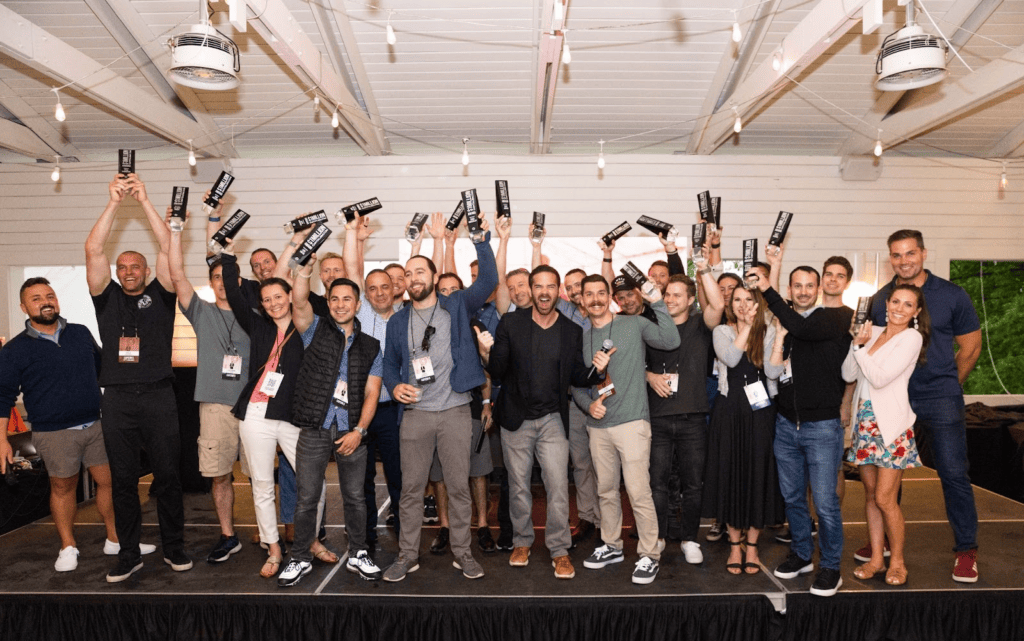
- Jeremy Allen
- Amanda Balcazar
- Yuliya Berry
- Leah Boomsma
- Tony Brink
- Kyle Carnohan
- Ryan Coisson
- Jason Franciosa
- Matthew Green
- Josh Hahn
- Leon Hendrix
- Alex Jensen
- Renee Krieg
- Luis Loera
- Jake Lovasz
- Chad Maghielse
- Julien Mantello
- Matevž Mazi
- Judson Morgan
- Gordie Murphy
- Bea Nahuz
- Radu Oboroc
- Jon Peterson
- Sam Prentice
- Justin Ray
- Andy Redmer
- Vanessa & Adam Simkins
- Taylor Smits
- Jeremy Steding
- Andy Sundblad
- Ryan & Tristina Timm
- JF Truchon
- Octavio Urzua
- Evan Van Auken
- Drs. Jenna & Travis Zigler
Takeaway
Want to build a $1M (or more!) business? To create something of value, you must shift your mindset toward abundance and serving the customer. Create partnerships with product, audience, and capital. And instead of being an expert at one piece of the puzzle, put yourself in the owner's seat to grow a 7- or 8-figure brand. Prioritize enterprise value over cash flow. Then it's up to you whether to invest the profits or borrow against the business. Imagine never worrying about cash flow ever again.
"You are financially free the moment you think like this," Ryan reminds us, "We are entrepreneurs. We are the most powerful people in the world to influence change."
Inspired to take action and take the first step toward financial freedom? Watch Ryan's full keynote speech here.
Here at Capitalism.com, we’re on a mission to make one million millionaires by 2028. We’d love YOU to be one of them.
That’s why we made this FREE course that will help you start building your own million-dollar brand. Join us now and let’s get started.
